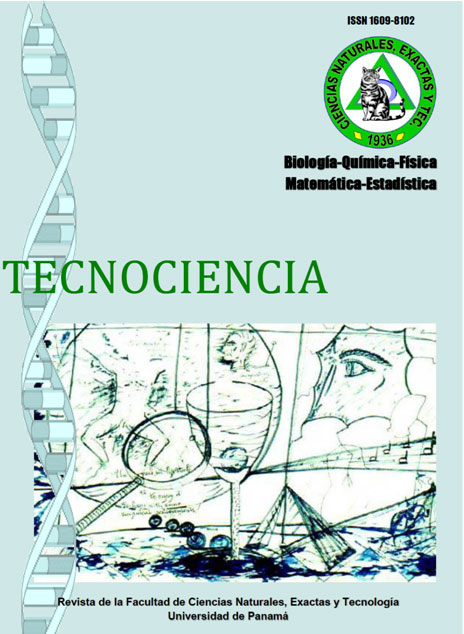

This study presents the diversity and abundance of the superfamily Papilionoidea and Hesperioidea in the Majé Island located at Comarca de Madungandí, province of Panama. For data analyses, the wealth of Margalef (D), Shannon index (H') and the similarity index of Morisita were calculated. A total of 144 individuals were captured, belonging to 56 species from 6 different family, where Nymphalidae family contains more species (39 species) followed by Hesperiidae (6 species), Pieridae (5 species); Riodinidae (3 species); Papilionidae (2 species) and Lycaenidae (1 specie). The greatest diversity of butterflies species was recorded in January 2010 (31 species), followed by September 2009 (28 species). Nevertheless the month that presented more abundance was September 2009 since 72 individuals; then January 2010 showed the second abundance with 57 individuals. Heliconius genus was the most abundant species, representing 9.2%. Our data suggest that the diversity of species follows the large physiographic variability and floristic diversity in the area, as well as, the different life zones that generate a high heterogeneity in the landscape by different types of habitat, which are characterized by a specific degree of aggregation and contrast.